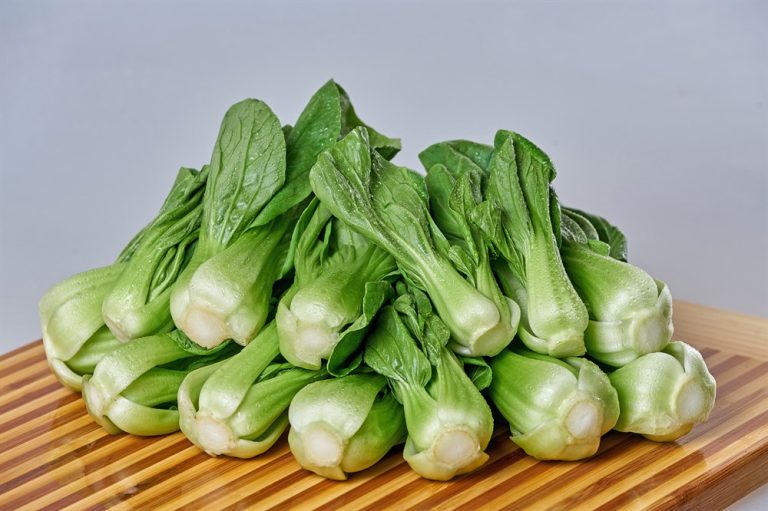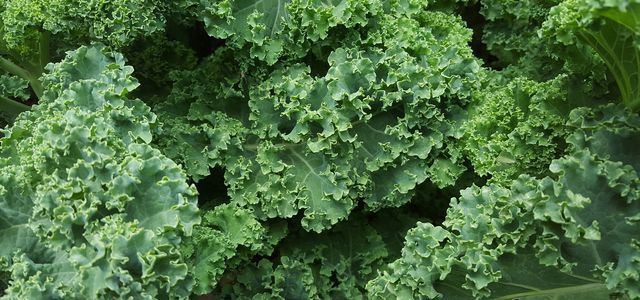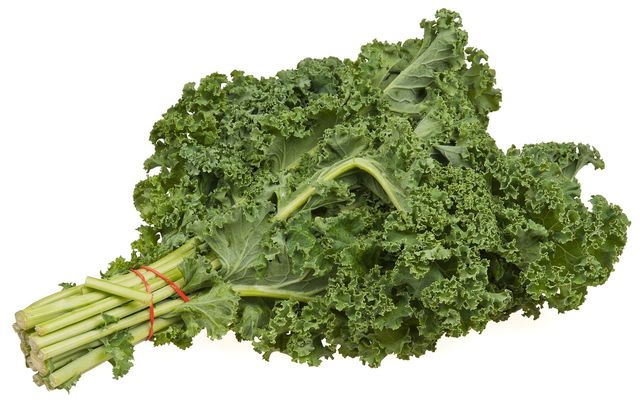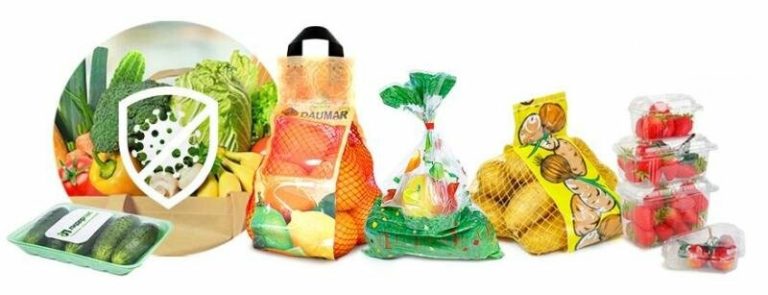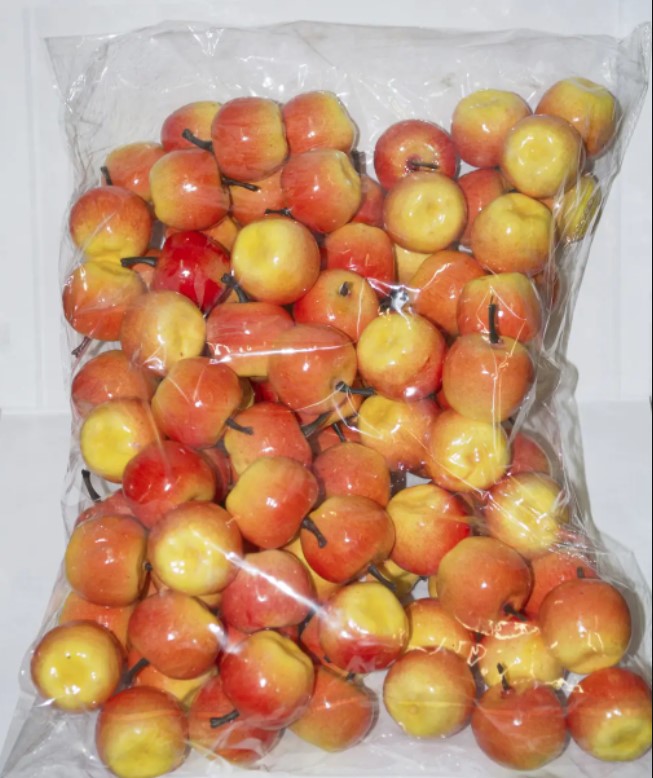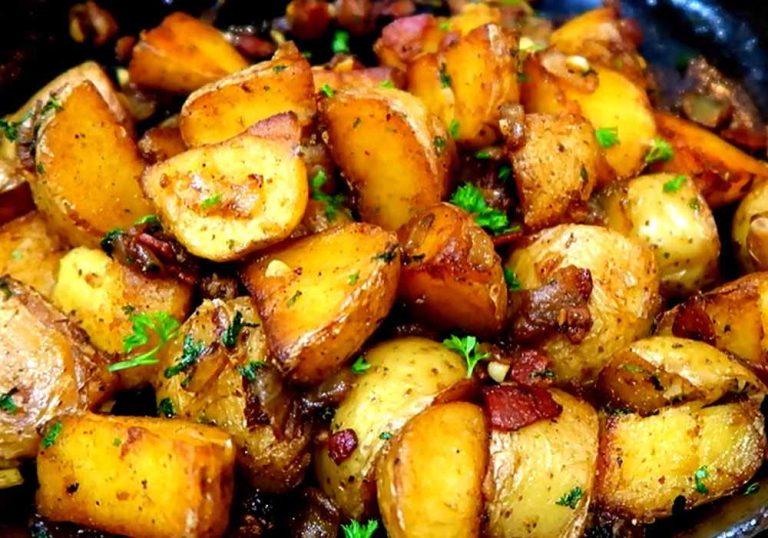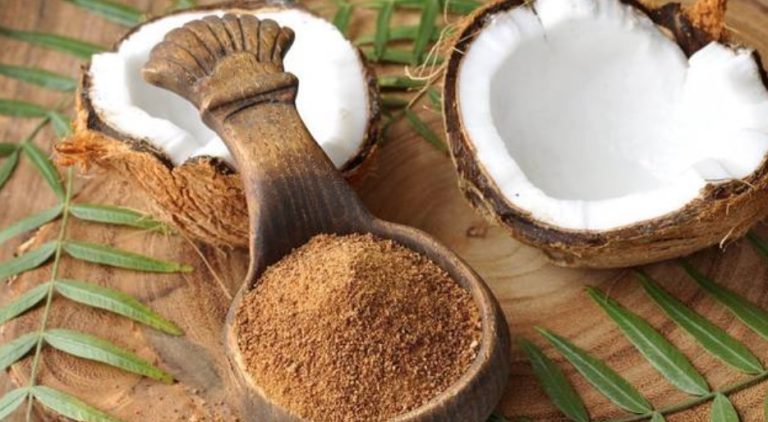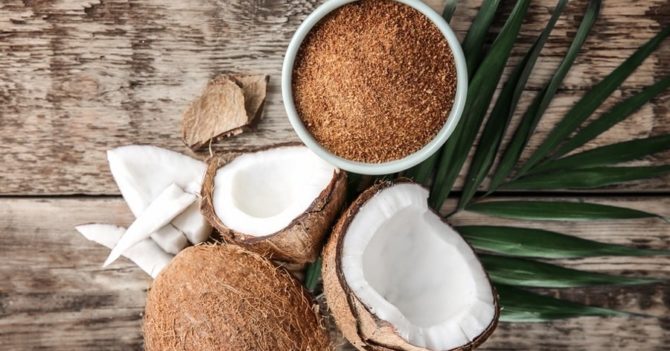A vegan diet does not necessarily mean just eating salad or relying on substitute products. Because you probably have these ten vegan foods at home anyway – and you’ll get really full of them.
If you want to eat vegan, you now have a large selection of vegan substitute products that are produced as an alternative to animal food. It’s a nice option, but it doesn’t have to be. Because many foods are already vegan anyway and you probably already have them at home. This is handy if you want to cook something without having to shop for it first.
Make sure that all food is regional and of organic quality. In this way you avoid long transport routes and chemical-synthetic pesticides and do something good for yourself and the environment. We can particularly recommend the Demeter, Bioland and Naturland seals, because they follow stricter criteria than the EU organic seals.
Red lenses
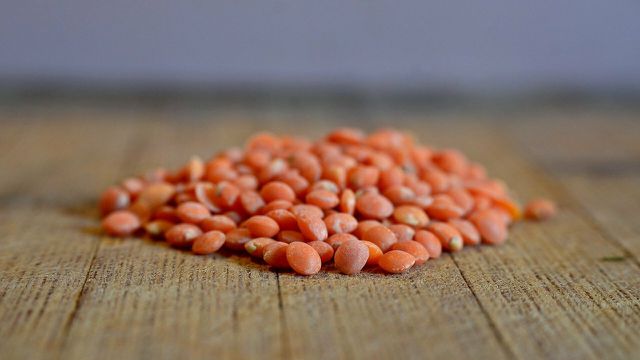
Small but fine: Red lentils can be the basis for many delicious dishes. Rich in proteins and minerals, they provide you with a lot of energy. In addition, they are already cooked after 15 minutes of cooking time – perfect when you need something quick.
Tomato passata
Tomato passata is easy to make yourself. All you need is onions, garlic, a carrot, celery, tomatoes, olive oil, and basil—just veggies you probably already have at home. You can find a detailed recipe here: Make Passata yourself.
Store-bought passata is also often vegan, which you can easily recognize by the vegan logo printed on the bottle or pack.
You can use the passata to make a refreshing tomato soup with oat milk right now in summer. You can also use it directly as a sauce for pasta or on pizza.
Spelled flour
Not only is it healthier than wheat, its hard shell also makes it easier to do without pesticides: spelled. Fortunately, wheat and spelled can be used in a similar way as flour. You can easily replace wheat flour with spelled flour.
A quick recipe with spelled flour is pan bread. You can prepare it in just 20 minutes with just a few vegan ingredients. Vegan spelled waffles are ideal for the coffee table: They are also ready in a short time. They are a healthier alternative to cakes, biscuits and the like and taste particularly delicious with seasonal fruit.
Potatoes
It is one of the staple foods in Germany: the potato. With a similar carbohydrate content as pasta or rice, it has only half as many calories.
The tuber can be used in many ways: you can make your own fries, for example. You don’t need much for these and they are healthier than frozen fries. Another delicious recipe is smashed potatoes. They taste delicious and can be garnished with various vegetables.
Quinoa
Filler and energy supplier: quinoa. The so-called pseudo-grain is gluten-free and can be eaten with vegetables or sauce instead of pasta and the like.
A summery recipe with the pseudocereal is a quinoa salad that tastes delicious and fills you up, but is not heavy on the stomach. But you can also make a sweet snack from quinoa, namely in the form of quinoa bites.
Chickpeas
It goes particularly well with meatless diets: the chickpea. Because the legumes contain many proteins that the body can otherwise get from the meat. Your body can also benefit from the high fiber content of chickpeas.
In oriental cuisine, chickpeas are often made into hummus or falafel. But the legume also tastes very good in curry.
Bananas
Many swear by bananas. And not without reason: because although they contain a lot of carbohydrates and fructose – also in comparison to other fruit – the banana is not unhealthy. Because it is rich in vitamins and provides energy.
If you get bored with bananas as a simple snack, you can also use them to make banana chips. The chips are also perfect as a topping for muesli. Or you make a simple dessert: a vegan chocolate cream. A slightly more unusual variant is the banana soup.
Note: Only buy bananas in moderation, because they have been transported long distances. Through food sharing, however, you can often save bananas that would otherwise have ended up in the trash.
Oatmeal
Gluten-free, healthy, low-calorie: oatmeal is a typical breakfast and gives you the energy you need for the day. This is also due to the high vitamin and mineral content of the grain. By the way: Oat flakes are also gluten-free (pay attention to the label on the pack). Therefore, you can eat them even if you have celiac disease.
One of the most popular oat dishes is porridge. Since you can vary the toppings – for example fruit or pieces of chocolate – very flexibly, you have variety every day. Those who prefer a hearty breakfast can prepare the porridge with vegetables. But oats also taste delicious when baked: It is not without reason that the so-called baked oatmeal – i.e. porridge from the casserole dish – is currently the trend breakfast on Tik Tok.
Coconut milk
It is true that coconut milk is high in calories and fatty acids and it does not necessarily score well with its CO2 balance, which is why you should not buy it too often either. However, it offers a good vegan substitute for cream or crème fraîche and it should not be missing in many Asian dishes. If you want to do without store-bought coconut milk, you can easily make it yourself.
A simple dessert is the coconut milk rice. You can prepare it with just four ingredients and garnish with seasonal, fresh fruit or fruit puree. In Indian korma, a mild curry with ginger and cauliflower, coconut milk is important for taste and texture. And if you want a fruity cool down in summer, you can make your own watermelon ice cream with coconut milk.
Cornmeal

Whether for thickening sauces, for making desserts or for tortillas and nachos: corn flour can be used in many ways. It is also gluten free. But be careful: In contrast to spelled flour, you cannot simply replace wheat flour with corn flour. That’s why other types of flour always have to be mixed into cornbread.
But even if you don’t want to bake bread, you can use cornmeal in your kitchen – for example to make tortillas yourself. Or you can make your own nachos. You can also replace potato flour with corn flour in the dumpling dough.



